
10 minute read
Chocolate 'fingerprints' could confirm label claims
© Stock.Adobe.com/au/Pixel-Shot
Processing steps together with many other factors can affect a chocolate’s flavour and contribute to its unique chemical make-up. Chocolate ingredients are sourced from different regions of the world and this can affect the fermentation process, thereby influencing the flavour compounds in chocolate.
Traceability of cocoa is becoming more important for quality control in the chocolate industry, so that consumers can know they are purchasing products that adhere to fair-trade regulations, organic farming practices, etc. In order for consumers to be certain that the chocolate bar they have purchased is really from the exotic locale stated on the wrapper, researchers are now looking at a chemical ‘fingerprint’ method.
The method being developed can determine where a particular chocolate was produced — and someday, which farm its beans came from. The researchers are presenting their results through the American Chemical Society (ACS) SciMeetings online platform.
According to the project’s principal investigator, Shannon Stitzel, PhD, the idea originated from a lab experiment she ran during one of her courses. “The method we used to analyse chocolate bars from a grocery store worked well in the class, and the exercise piqued the students’ curiosity. So, I started reaching out for more interesting samples and tweaking the technique,” Stitzel said.
Early on, Stitzel’s experiments at Towson University involved a well-known method for geographic determination. She used elemental analysis, which has been used to identify the source of a myriad of unknown materials. However, Stitzel wanted to go further and analyse the organic compounds in cocoa liquor to see if any of them remained after various processing steps. If so, they could be used as markers for more precise authentication testing.
Through a friend in the industry, Stitzel acquired singlesource samples of cocoa liquor from all over the world. Her undergraduate student, Gabrielle Lembo, used liquid chromatography (LC) to separate the cocoa liquor compounds from various samples and mass spectrometry (MS) to identify their chemical signatures. Lembo’s results showed that LC-MS is a robust analysis technique. Compounds, such as caffeine, theobromine and catechins, are detected in different patterns that make up a signature fingerprint. This fingerprint indicates provenance and cannot easily be finagled by nefarious producers.
Stitzel said that eventually their method could be used to help map out the expected flavour profiles of a chocolate, given its chemical signature. And she says it would be interesting to first determine the fingerprint of a cocoa bean, then gather fingerprints with each consecutive processing step to see how they change. For now, her students are expanding the application of the analysis method by looking at the chemical signatures of various forms of fair-trade and organic coffee.
FoodTrack nutrient labelling database now online
Australian healthcare and food industries will now have direct access to FoodTrack — a food, labelling and nutrient information database — to develop customised insights and identify market trends.
Jointly developed in 2014 by CSIRO and the Heart Foundation, FoodTrack data will be available via online analytics platform Nutritics. The database is updated annually and contains nutrition data for approximately 45,000 food and beverage products, capturing at least 90% of all fresh and packaged foods sold across four major Australian supermarket chains — Aldi, Coles, IGA and Woolworths.
Food producers can now use the online platform to conduct custom-analytics using FoodTrack data to identify new opportunities or gaps in the market, as well as track changes in the nutritional composition of the food supply. The platform is also designed to help guide public health nutrition strategies.
FoodTrack is an Australian branded food database available via the cloud-based analytics platform from Nutritics. The platform can be accessed via an online subscription-based service.
CSIRO
https://www.csiro.au/
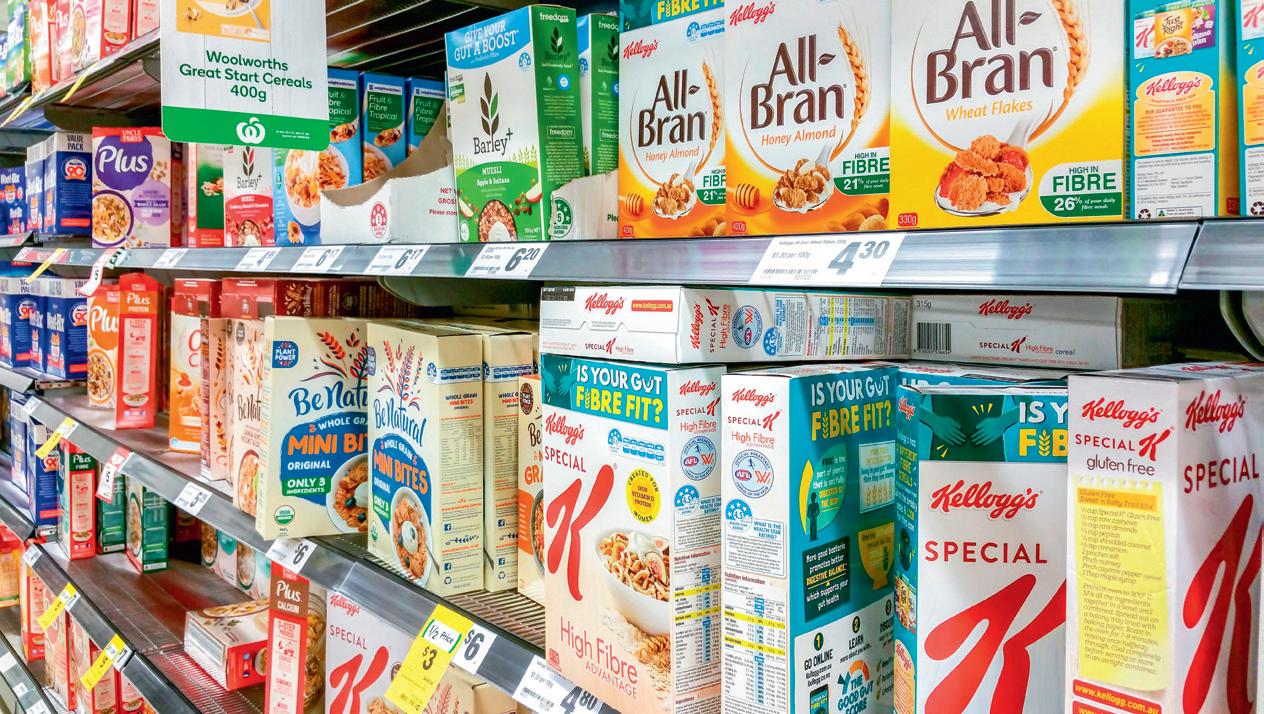
Machine health monitor
Emerson’s machine health monitor is designed to help increase palletisers’ overall equipment effectiveness.
It includes a PACSystems CPL410 outcome optimising controller and can track critical motion and pneumatic system parameters such as air flow, pressure, vacuum, mechanical actuation speeds and motor vibration in real time.
It is designed to be customisable and scalable to adapt to any primary product palletising system or complete packaging line.
System analytics and health information can be accessed via the local display or remotely via a tablet or smartphone.
By accessing this data, users can plan for potential issues and perform predictive, rather than reactive maintenance to increase the machine’s uptime.
Emerson Automation Solutions
www.emerson.com/au/automation

Zippers for flexible packaging
With the development of eco-friendly and heat-sensitive films, Zip-Pak has now introduced a range of Soft Crush zipper options suitable to be used with such structures.
Zip-Pak Soft-Crush zippers are designed to achieve high-quality seals and appearance, with lower time-and-temperature application. The zippers improve converting efficiency while minimising sealing gaps and distortion on heat-sensitive films and pouches.
With the drive towards a circular economy and consumer and industry interest growing for eco-friendly mono-material PE film and pouches, Soft-Crush reclosure zippers are also designed for recyclability and well placed to meet the needs of these structures.
The Soft-Crush range of zippers is now available in several existing popular zipper reclosure styles and sizes. This approach means the solutions can be seamlessly incorporated into existing machinery with minor or no modifications.
Zip-Pak Pty Ltd
www.zippak.com
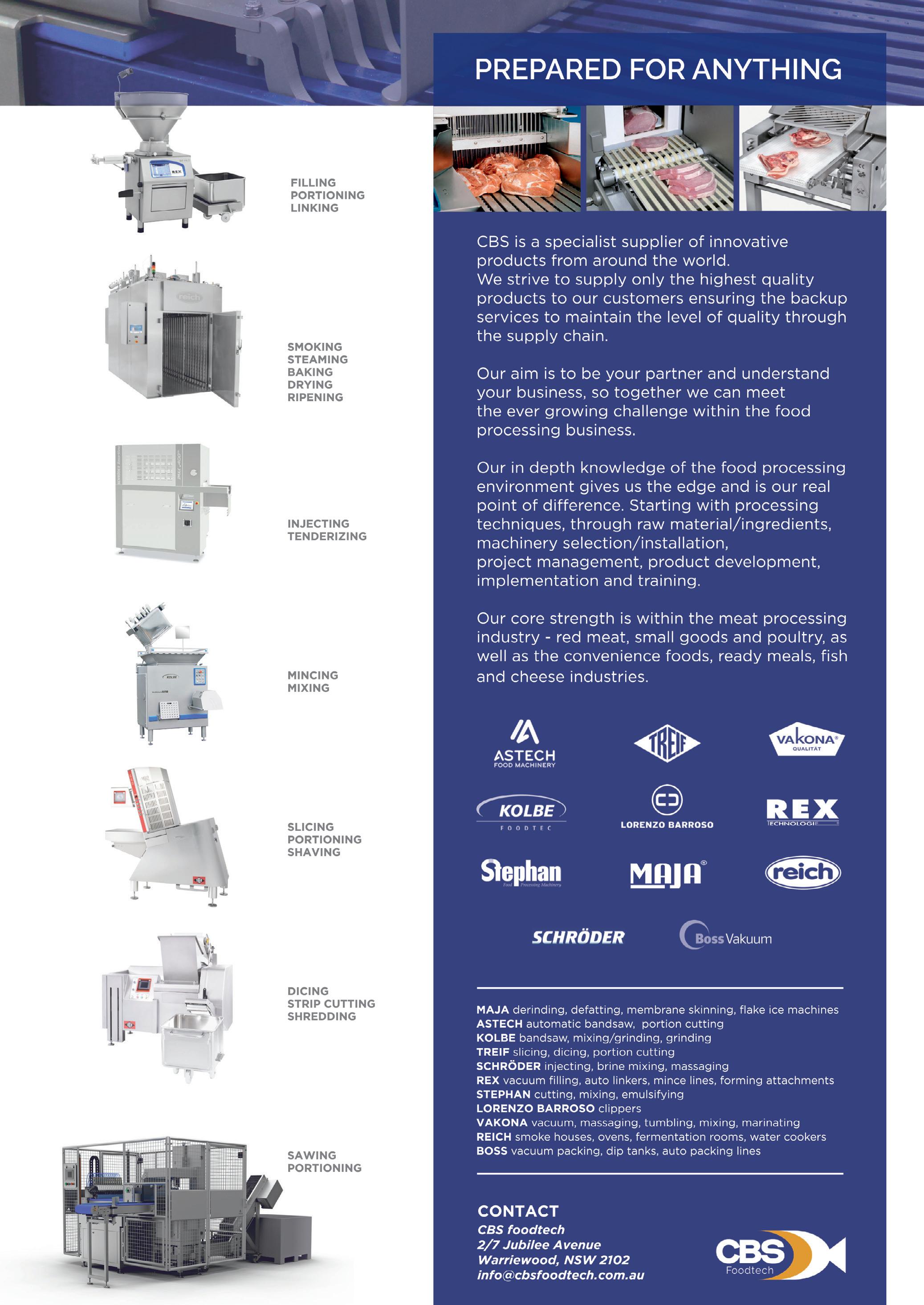
AUSPACK returns in 2021 at Sydney Showground

AUSPACK is one of the largest events in the Southern Hemisphere for the food, beverage and pharmaceutical processing and packaging industries. The event brings together thousands of leaders to experience world-class equipment, technology and solutions.
Taking place from 25–28 May 2021, AUSPACK provides an opportunity for the industry to come together and do business, and for visitors to acquire their total plant and production requirements, under one roof.
AUSPACK 2021 will be underpinned by a series of standout educational and networking opportunities to engage, inform and inspire. Join thousands of innovation leaders at Sydney Showground in 2021 to participate in the industry’s all-encompassing event.
©stock.adobe.com/au/Dmitriy Danilenko
Food product compliance review app
The Zigloa app is designed to simplify and streamline the compliance review process for products and labels in the food industry of New Zealand and Australia.
Zigloa.com can help to alleviate risk and financial ramifications of failed food product compliance reviews. The app acts as a guidance tool, assisting users through the abstract and challenging aspects of navigating the food regulations during a label/product compliance review.
The step-by-step, user-friendly app prompts users to answer compliance questions that bring together parts of the regulations. After completing the review process, the app helps users to determine if their product is compliant. A report showing compliance or compiling needed modifications is also provided.
An unlimited-use option allows users to come back again and again, to go through the process as needed. With the Food Tech, Double Check option, Zigloa has teamed up with New Zealand labelling consultancy McFoodies to provide users with a low-cost option for a more thorough review.
Zigloa
zigloa.com
Lightweight PET bottle
Weighing 6.5 g with a height of 195 mm, Sidel’s X-LITE Still is a lightweight 500 mL PET bottle for non-pressurised still water, offering high performance at high production speeds. The bottle is complemented by a Novembal Novaqua RightCAP26 closure.
Sidel X-LITE Still integrates the StarLITE Still base solution, already implemented worldwide due to its stability and stress resistance through the value chain. Energy savings can be made through a reduction in blowing pressure and heating power, with no compromises on packaging performance. This base design can be adapted to all Sidel blowing platforms and applied to existing production lines.
The product has been optimised by the company’s engineers for the Sidel Super Combi, a solution integrating five process steps: preform feeding, blowing, labelling, filling/capping and cap feeding. Due to its light weight, the bottle reduces the consumption of PET resin compared with heavier bottles.
Sidel Oceania Pty Ltd
www.sidel.com
Mono material lidding film
UK-based supplier KM Packaging has mono polymer structure lidding films that are suitable for all food tray types including PP, Alufoil, CPET and APET.
Particularly relevant to the meat, poultry, fish and seafood markets, the company has weld seal mono-material lidding films within its K SEAL range. These have an all-polyester structure and are available with a high-oxygen barrier. They offer good transparency, with good antifogging properties, and weld seals to rPET or APET trays.
The entire single polymer pack has been designed for recycling in the PET recycling stream.
Features include: mono structure made of one material type; designed for recyclability; high oxygen barrier available; good transparency and anti-fogging; and suitable for protecting meat, poultry and fish.

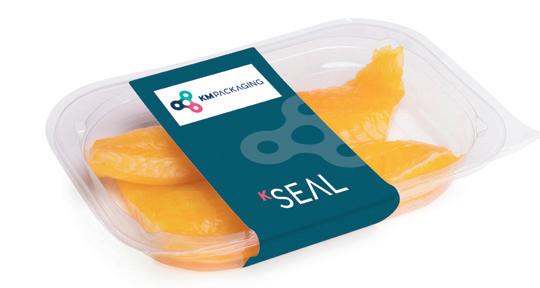
KM Packaging Services Ltd
www.kmpackaging.com



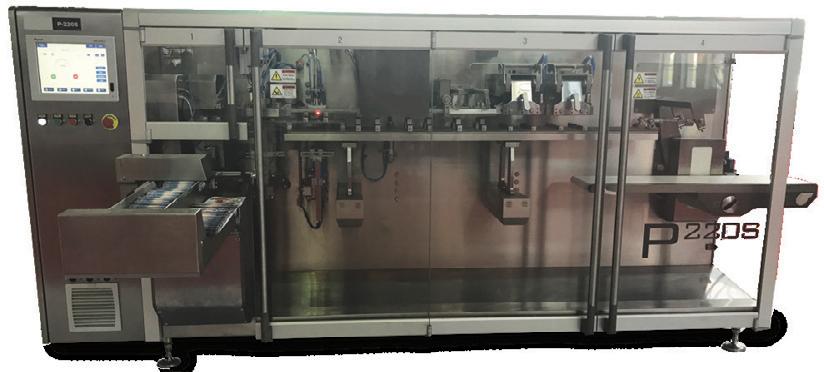
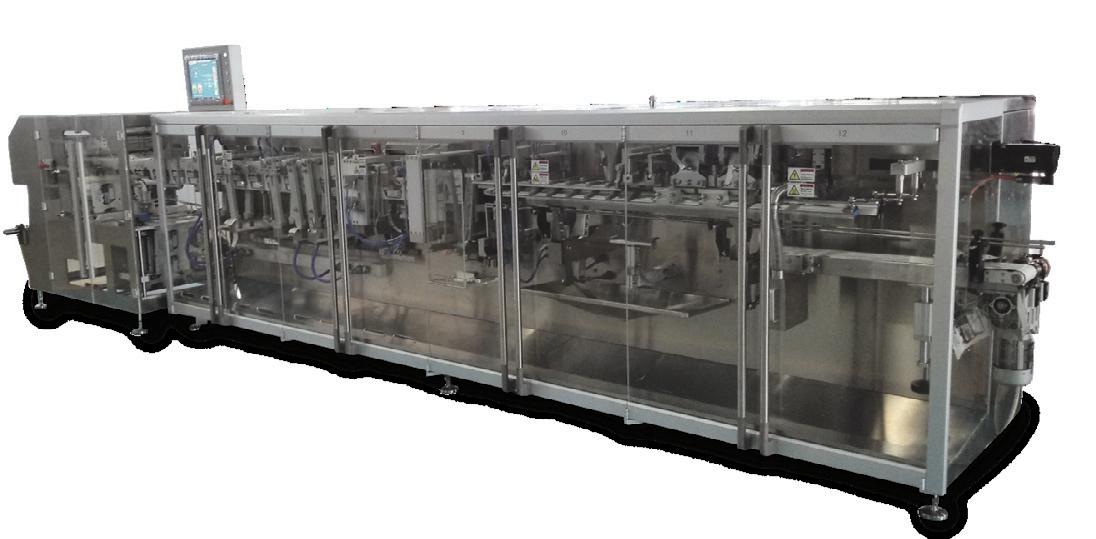


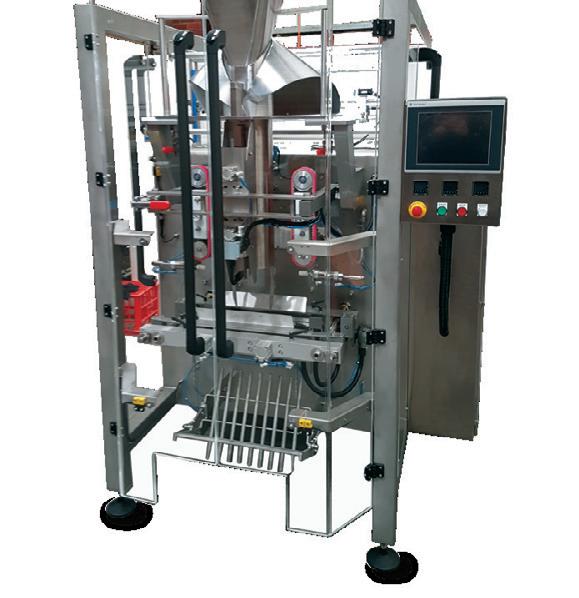
A proud member of
Turning banana waste into food packaging
On 22 May 2020 — International Day of Biodiversity — the UNSW Sydney celebrated some of its recent research that is inspiring positive change in how we tackle global problems, whether it be managing climate change, bushfires or plastic waste.
One of the research projects celebrated on the day was an ‘a-peeling’ packaging solution made from banana plants, which could be suitable for the food industry.
Associate Professor Jayashree Arcot and Professor Martina Stenzel were searching for ways to convert agricultural waste into something that could value-add to the industry it came from, while potentially solving problems for another. The researchers discovered a novel way to turn banana plantation waste into biodegradable and recyclable packaging material.
“What makes the banana-growing business particularly wasteful compared to other fruit crops is the fact that the plant dies after each harvest. We were particularly interested in the pseudostems — basically the layered, fleshy trunk of the plant which is cut down after each harvest and mostly discarded on the field. Some of it is used for textiles, some as compost, but other than that, it’s a huge waste,” Associate Professor Arcot said.
Arcot and Stenzel researched whether the pseudostems could be used in packaging, paper products, textiles and medical applications, such as wound healing and drug delivery. Using a supply of pseudostem material from banana plants grown at the Royal Botanic Garden, Sydney, researchers began extracting cellulose to test its suitability as a packaging alternative.

“The pseudostem is 90% water, so the solid material ends up reducing down to about 10%. We bring the pseudostem into the lab and chop it into pieces, dry it at very low temperatures in a drying oven and then mill it into a very fine powder,” Associate Professor Arcot said.
The researchers then take this powder and wash it with a very soft chemical treatment. When processed, the material has a consistency similar to baking paper. Depending on the intended thickness, the material could be used in a number of different formats in food packaging.
Researchers have confirmed in tests that the material breaks down organically after putting ‘films’ of the cellulose material in soil for six months. They also tested that it is recyclable and poses no contamination risks for food applications.
For the banana stem to be a realistic alternative to plastic bags and food packaging, the researchers said it would make sense for the banana industry to start the processing of the pseudostems into powder, which they could then sell to packaging suppliers.
At the other end of the supply chain, if packaging manufacturers update their machines to be able to fabricate the nano-cellulose film into bags and other food packaging materials, then banana pseudostems could make food packaging much more sustainable.
“What we’re really wanting at this stage is an industry partner who can look into how this could be upscaled and how cheap we can make it,” Professor Stenzel said.
Want to add zip to the package on your FFS or Flow Wrapper? Zip-Pak is doing this with cost-effective retrofits.

CONTACT US TO MAKE YOUR PACKAGE RESEALABLE
1/77-89 Remington Drive, Dandenong South, Vic 3175 ph +61 (03) 8795 8299 | salesausnz@zippak.com | www.zippak.com










